The insurance approach for covering boats and boating property is quite like what is used to protect cars  and homes. Essentially insurance is offered on a package basis, meaning that there is coverage for physical property as well as protection against the legal and financial consequences of injuring others or damaging property that belongs to others.
and homes. Essentially insurance is offered on a package basis, meaning that there is coverage for physical property as well as protection against the legal and financial consequences of injuring others or damaging property that belongs to others.

Property Coverage – Typically a boatowners policy covers:
- Boats – Refers to property designed to travel on water and includes sails, its permanent equipment, spars and fittings.
- Boating Equipment – Includes a wide variety of property that is used in conjunction with boats and it includes accessories. Items considered as equipment are property used for communication (radios), navigation, sonar, radar, outboard motors, dinghies, skis and sports equipment (recreational flotation devices) that are towed by boats and similar property. As a rule of thumb, the more related an item is to the ownership and use of a boat, the greater the justification to classify it as boating equipment.
- Boat Trailers – Trailers used (and designed) for transporting boats (as defined by the policy).

This property must be owned by the person who is named as the policyholder. There are limited instances when such property that is temporarily in the policyholder’s possession also qualifies for coverage.
Items and situations that aren’t covered include boating property that is used in business activity, losses that involve races or competitions (an exception is made for sailboats) and boats that are used, full-time, as residences.
Liability Coverage – Besides protecting boating property, a boatowners policy also responds to claims or lawsuits caused when another person is injured, and /or when another person’s property is damaged or destroyed. An example would be a collision where the owner of a large speedboat collides with a person on a jet ski, seriously injuring the rider and demolishing the jet ski. The policy would handle both portions of such a loss. The liability portion would also provide a legal defense against lawsuits.
Another important coverage under the liability section is medical payments. This provides reimbursement for, typically, emergency or immediate medical treatment expense. Consider a person who slips on a boat deck and needs transportation to an emergency for treatment of a broken bone or concussion. Such costs would qualify under medical payments.
As is the case with property coverage, there are liability situations that are NOT covered by a boatowners policy, including losses that involve business activity, transmission of communicable disease, unauthorized operation of boating property, intentional acts, and criminal activity.
Boating property is a substantial investment and boatowners coverage is an efficient, affordable way to guard against accidental losses.
COPYRIGHT: Insurance Publishing Plus, Inc. 2018
All rights reserved. Production or distribution, whether in whole or in part, in any form of media or language; and no matter what country, state or territory, is expressly forbidden without written consent of Insurance Publishing Plus, Inc.

 Contact
Contact
 Email an Agent
Email an Agent

 Click to Call
Click to Call Get Directions
Get Directions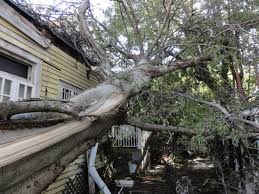

 Liability exposures are much more difficult to define. How much will it cost to repair/replace your neighbor’s home in the example provided above? Do you have adequate personal liability protection?
Liability exposures are much more difficult to define. How much will it cost to repair/replace your neighbor’s home in the example provided above? Do you have adequate personal liability protection?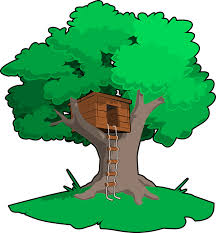 Tree houses are prime elements of childhood fun. They are clubhouses, hideaways, castles, war rooms, forts, spaceships, control centers, submarines; the list of what they can perform is limited only by imagination.
Tree houses are prime elements of childhood fun. They are clubhouses, hideaways, castles, war rooms, forts, spaceships, control centers, submarines; the list of what they can perform is limited only by imagination.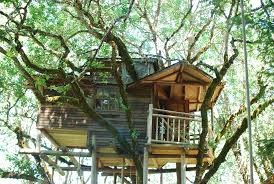

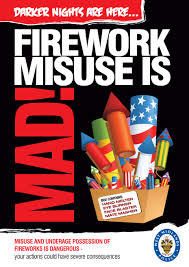


 to property. Such losses can have substantial financial consequences, so it’s important to know whether you are insured in the event you cause a fireworks accident.
to property. Such losses can have substantial financial consequences, so it’s important to know whether you are insured in the event you cause a fireworks accident.
 treatment could be handled under the Medical Payments portion. However, if the child’s injuries are more serious and her parents sue, your policy’s liability portion should handle your legal defense as well as a legal judgment.
treatment could be handled under the Medical Payments portion. However, if the child’s injuries are more serious and her parents sue, your policy’s liability portion should handle your legal defense as well as a legal judgment.
 At one time golf carts were seen exclusively on golf courses. Then, since golfing is part of the sports world, other sports saw their usefulness, so carts popped up along the sidelines of football fields and near baseball dugouts, shuttling players about. Today, many more people are aware of the non-sports usefulness of golf carts…..and that is becoming a problem.
At one time golf carts were seen exclusively on golf courses. Then, since golfing is part of the sports world, other sports saw their usefulness, so carts popped up along the sidelines of football fields and near baseball dugouts, shuttling players about. Today, many more people are aware of the non-sports usefulness of golf carts…..and that is becoming a problem.
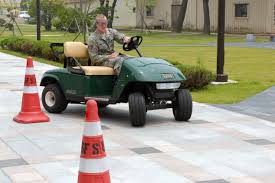 tremendous difference being in an accident on a grass surface as opposed to an asphalt, gravel, packed-dirt or cement road. Some accident statistics reveal that golf cart accidents often involve children who are hurt when flung from carts during turns.
tremendous difference being in an accident on a grass surface as opposed to an asphalt, gravel, packed-dirt or cement road. Some accident statistics reveal that golf cart accidents often involve children who are hurt when flung from carts during turns.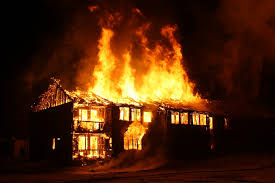
 renter’s policy, you will be the one on the hook. With a renter’s policy, your exposure should be covered or at least significantly mitigated.
renter’s policy, you will be the one on the hook. With a renter’s policy, your exposure should be covered or at least significantly mitigated.  TruePoint Insurance offers many great options that allow renters to protective themselves from both property and liability exposures. Call us today at (502) 410-5089, or visit our website and try out our Instant Online Rater where you can access real insurance quotes in real-time whenever or where you like.
 TruePoint Insurance offers many great options that allow renters to protective themselves from both property and liability exposures. Call us today at (502) 410-5089, or visit our website and try out our Instant Online Rater where you can access real insurance quotes in real-time whenever or where you like.  In part 1, we began our discussion of the challenges represented by UAVs. Compared to radio-controlled, model aircraft, UAVs are, often, larger, more expensive craft and may be equipped with extensive photographic and computer components. They are used in ways that substantially increase the chance of loss because they are used in different settings. Originally UAVs were used in the following, non-military ways:
 In part 1, we began our discussion of the challenges represented by UAVs. Compared to radio-controlled, model aircraft, UAVs are, often, larger, more expensive craft and may be equipped with extensive photographic and computer components. They are used in ways that substantially increase the chance of loss because they are used in different settings. Originally UAVs were used in the following, non-military ways:



